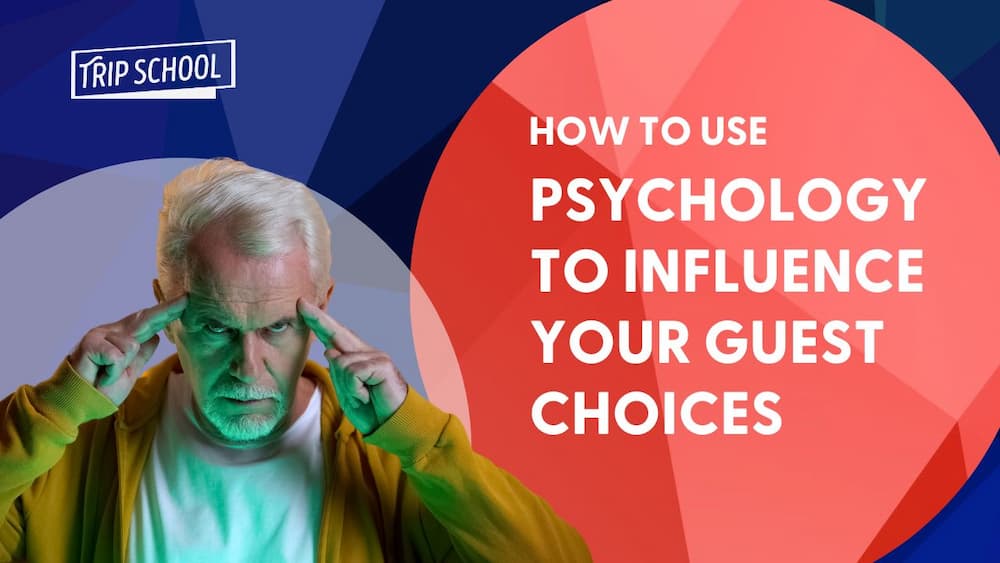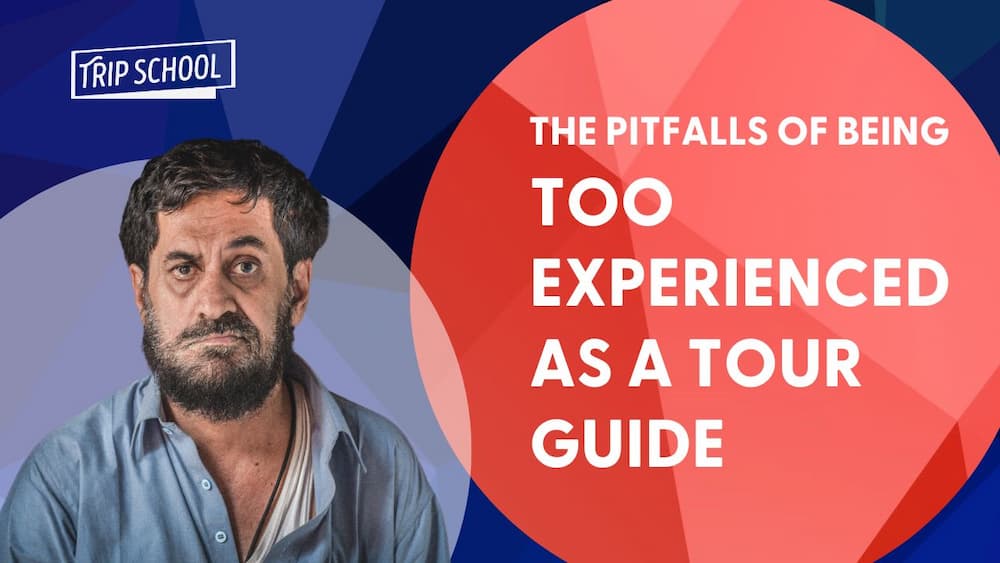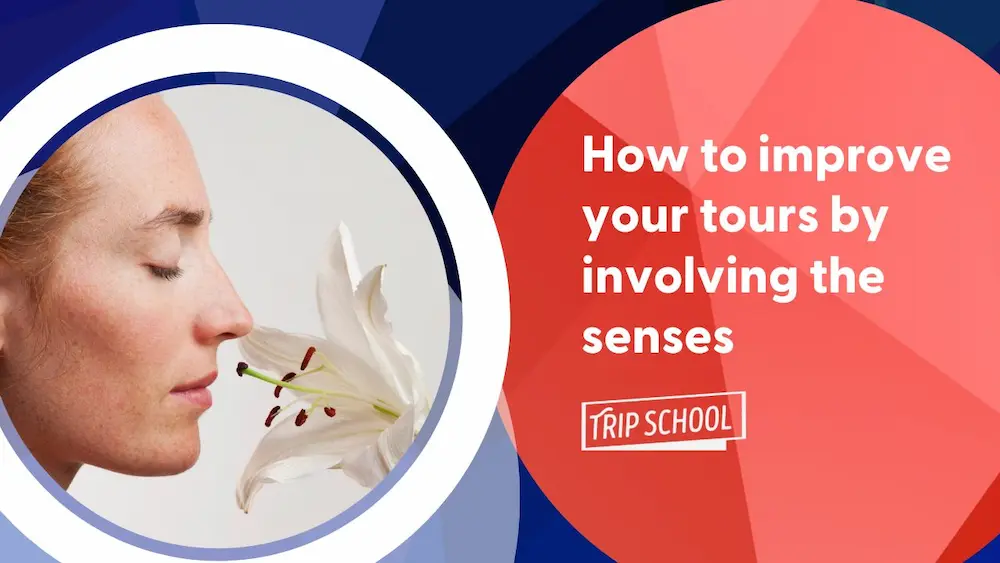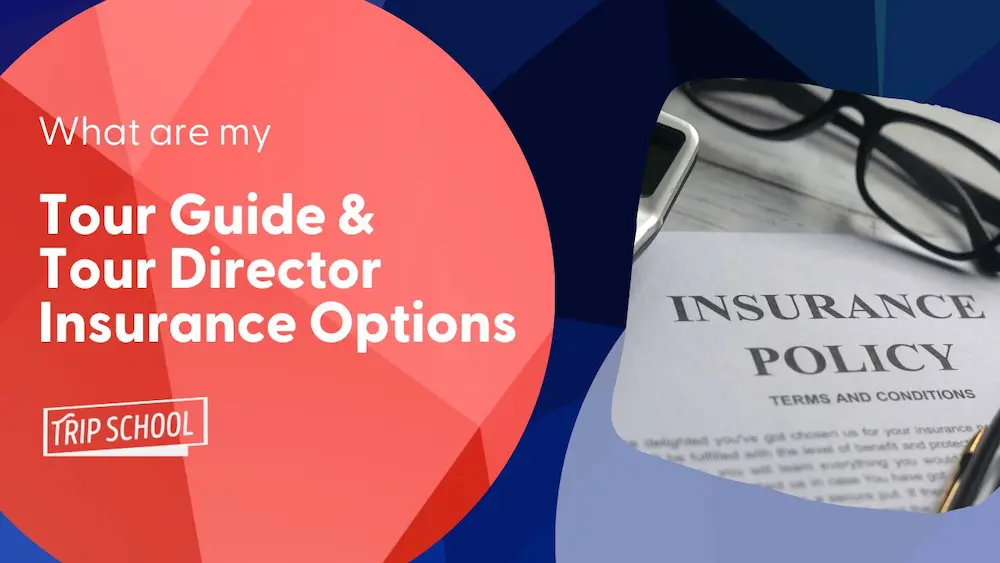The Psychology of Offering Choices to Your Tour Group
The longer you work as a tour guide or tour leader (or tour operator customizing an itinerary), the more you learn that very often you need to guide (or, let’s face it, manipulate) guests into making the right choice, while giving them the illusion of multiple options! Whether it’s giving guests free time options for lunch, or which museums to visit over the course of a day, how you present those options and guide their decision making makes all the difference.
In essence, there’s a fundamental tension whenever you give guests a choice:
- Giving guests choices makes them feel like they’re in control of their experience, and not trapped by decisions the guide makes. That’s a good thing. When the guest feels like something is not their choice, then they’ll blame you if they don’t like what’s going on.
- However, from the guide or operator’s point of view, there’s oftenone choice that is infinitely preferable, for the itinerary flow, or a variety of other reasons.
To put it concretely, here are two example scenarios:
- You’re a local guide. You’re a little late getting to free time for lunch, and your group of 20 people now only has 45 minutes to spend for lunch in New York’s Greenwich Village, and they all really want to have pizza. They have the choice of Joe’s and John’s, two legendary places. Joe’s is a fast, counter-service, to-go slices of pizza. John’s is a sit-down restaurant that only serves whole pies, and will take a long time. Really, they have to eat at Joe’s.
- You’re a tour leader in Washington, D.C. with a student group. The teacher has agreed on the day’s itinerary for months, which includes visiting 2 museums. But now she’s heard all about another third museum, and wants to add that to the itinerary as an extra museum choice to visit during free time. Really, the teacher cannot add another museum to the already full day.
I often see newer guides (and even some experienced ones) giving options as if they’re all equal, and the tour gets derailed. Some Guests show up late, or the day drags on, and even though it was out of your control (the guests made the decision!), they blame you.
Your job as a guide or leader is often to guide guests into making choices that work for your itinerary’s requirements.
Here are a few tips for how you can help your guests make good choices, in situations like the above, and beyond!
- Give context that helps guests make informed choices. You the guide often have “expert blindness” where you know what all the choices entail, but you don’t explain some basic features to your guests. You know Joe’s is counter service and John’s takes a long time, but remember to put yourself in your guests’ shoes and explain those details to your guests. Don’t just list choices, describe them. Mention any waits, long walks, high prices, or other deciding factors that might surprise them.
- Never respond with a negative. No guest wants to hear “We don’t have time to do that activity.” Subconsciously they will blame you for not making enough time in the itinerary, even if it’s not your fault. Avoid any negative statements.
- Always affirm your guest’s desires. The opposite of above, even if you’re going to ultimately disagree with a decision, start by affirming your guest! Say, “I love that museum! It’s a great place to visit.” Or “Both pizzerias serve amazing pizza!” You may talk them out of it in a minute, but this starts the conversation off by making sure they’re not put on the defensive. Don’t say, “oh, you don’t want to go there.” It’ll only make the place more tantalizing!
- Use “framing” to present the preferred option in a more positive light. Spend more time describing the choice you prefer. “Joe’s pizza has the perfect mix of crunchy crust, and their tomato sauce is so fruity, it’s something to behold. And up the road a few minutes way there is John’s Pizza, which is also delicious!” Which one are you going to choose?
- Use “priming” earlier in the day to already mention a place, so the guest recognizes the name when you repeat it as a choice. Example: “do you remember the story I told about the old Italian pizzamaker who’s quite the character? He works at Joe’s pizza over there! Now it’s time for lunch, and that’s one of the choices you have!”
- Use “social proof”: Tell guests what others generally prefer. People tend to go with the status quo. I was at the dentist’s office, and the dentist told me I needed to choose between getting a root canal or a wisdom tooth removed. She said it was my choice. But I didn’t know the pros and cons, or what most people choose. Add something like: “most people love the convenience of Joe’s pizza, and the fact that the walls are filled with celebrity photos!”
- Share a personal experience that influences the group. “I love John’s Pizza as well, but I had a group last week, half of them went to John’s and the wait was so long and the service so slow that the guests had to get their pizza to go and eat it on the bus, whereas the people who went to Joe’s got their slices quickly and sat in the square and ate next to the fountain.” You’ve just painted a picture of faster service and a lovely picnic… why would someone go to the other place?
- Use “anchoring”—this means listing the preferred choice first. “It’s time for pizza! The classic place is Joe’s, it’s where Spiderman delivered pizza, and it often gets voted as best slice in Manhattan! You also have John’s which is a walk up the road, you’ll see the sign and the people waiting in line.” Or, “there are so many amazing museums, the Natural History and American History museums are my favorites, you could spend a week in each place!”
- Limit choices. This is SO important! Sure, there may be 10 more pizzerias in Greenwich Village, and 8 other museums in DC to visit, but you should only ever share the options that make sense for the constraints of time. If there are sit-down restaurants that you don’t have time for, don’t mention them! Too many choices is paralyzing. Why mention every museum in D.C.? Instead, play up the proximity and quality of the two choices you’re presenting.
- Lay out the consequences of the decision. Often a guest wants to do everything, without thinking through the consequences for the rest of the day. You need to spell it out. “Adding that museum would be a great experience! I can definitely try to make it work, but I want to let you know what the rest of the day would look like. To add a visit to another museum would take another hour, with security and waiting to enter, and the bus time to get over there. So we’d have to cut some time at the two museums we’re seeing, and I’d have to call to try and move our dinner reservation to a later time. If we eat dinner later, we’ll have to miss a memorial visit, because our bus driver has federally limited hours that she can drive in a day. She has to be done by 10pm tonight. So I’m super happy to try and make that work for you, if you think it’s worth missing a memorial and shortening the time at the current museum.” Notice I began by affirming the teacher’s choice, but painted a scene of what the rest of the day would look like.
- Let them make the final decision. Notice in the previous example, I share all the information with the teacher, and then they make the decision. So it feels like their choice, and they won’t blame you, and they’re not going to complain if they know this was their plan.







